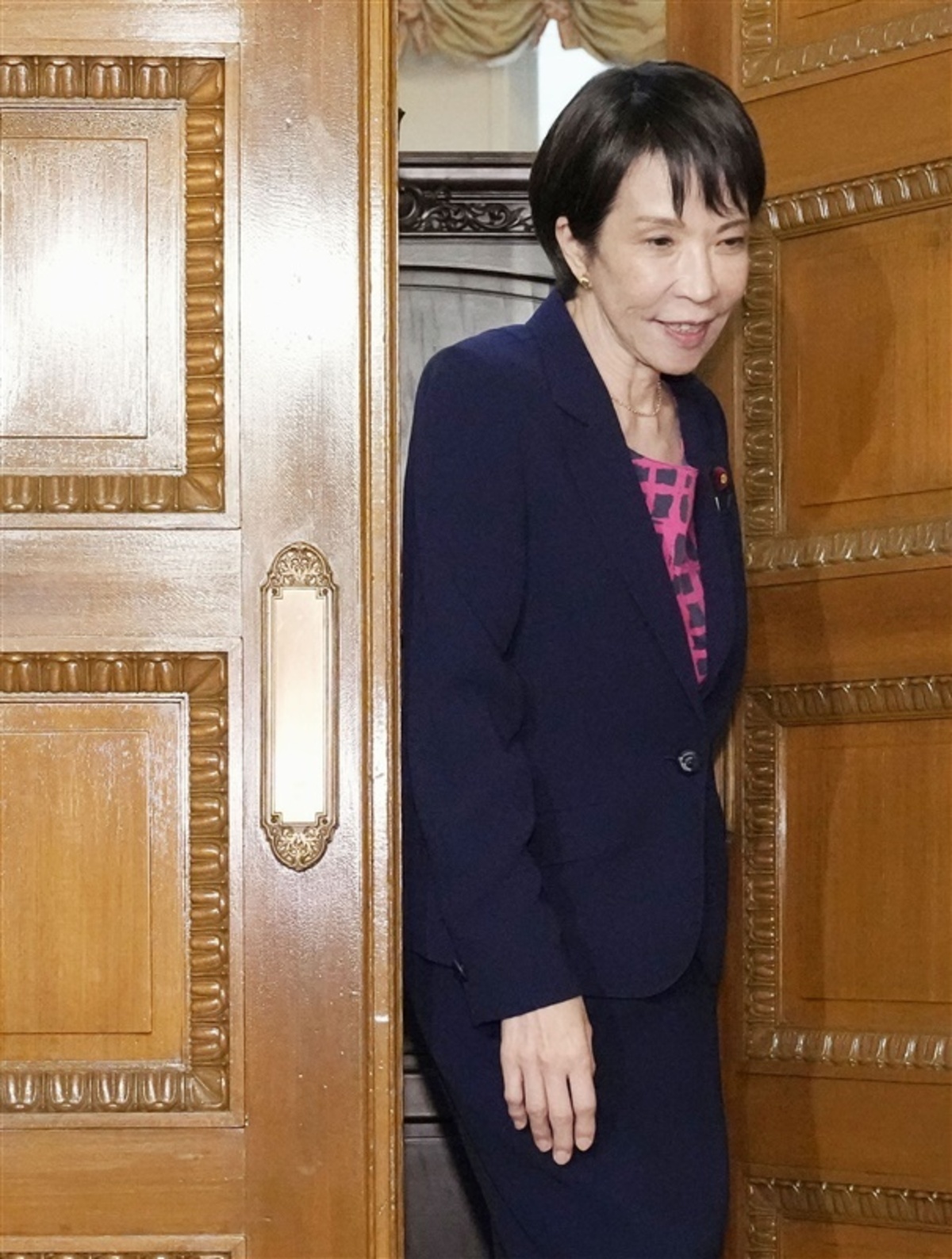NATO’s 32 ambassadors meet most weeks in a format known as the North Atlantic Council at the military alliance’s headquarters in Brussels. Recently, Estonia requested consultations under Article 4 of NATO’s founding treaty. Poland also requested Article 4 talks following a drone incident. Two days later, NATO launched an operation dubbed Eastern Sentry to bolster the organization’s military presence with European aircraft and other defenses along its eastern flank.
However, Article 4 talks do not automatically lead to military or diplomatic consequences.
### Article 4 Puts Urgent Matters on NATO’s Agenda
Article 4 is the shortest of the Washington Treaty’s 14 articles. It states that the Parties will consult together whenever, in the opinion of any of them, the territorial integrity, political independence, or security of any of the Parties is threatened.
NATO operates on consensus, and these talks can lead to some form of joint decision or action. The act of invoking Article 4 encourages allies to react collectively to a situation of importance brought to their attention by a fellow member.
Unlike Article 5 of the treaty, which provides NATO’s collective security guarantee—under which allies pledge that an attack on one member is an attack on them all—Article 4 consultations do not automatically result in any action.
Bob Deen, an analyst at the Clingendael think tank in The Hague, explains that Article 4 is designed to promote better coordination and understanding within the alliance regarding external threats. It gives all allies the opportunity to urgently put certain threats or developments on the agenda of the North Atlantic Council.
### Second Time Article 4 Is Invoked in Two Weeks
Since NATO’s formation in 1949, Article 4 has been invoked only nine times. However, this is the second instance in just two weeks, highlighting the current tensions on NATO’s eastern flank. Given these ongoing challenges, further invocations could happen soon.
Poland first invoked Article 4 on March 3, 2014, amid rising tensions in neighboring Ukraine, triggered by Russia’s aggressive actions. That same year, Russia annexed Ukraine’s Crimean Peninsula.
While Article 4 has historically been used relatively rarely, its use has increased in recent years. Between 2003 and 2020, Turkey invoked Article 4 five times in the context of conflicts in Syria and Iraq, Deen told The Associated Press.
### Article 4 Is Not Necessarily a Step Toward Article 5
Deen noted that Article 4 is related to Article 5 but is not necessarily a stepping stone to it. Article 5, NATO’s collective defense clause, has only been invoked once—in response to the 9/11 attacks against the United States—which bypassed Article 4 altogether.
In other words, Article 4 can be invoked without triggering Article 5, and vice versa.
Article 5 underpins NATO’s credibility. It represents a political commitment—not a legal requirement—for all member countries to come to the aid of another member whose sovereignty or territory might be under attack, in whatever way they deem appropriate.
—
*This story has been sourced from a third-party syndicated feed and agencies. Mid-day accepts no responsibility or liability for its dependability, trustworthiness, reliability, or the data of the text. Mid-day management reserves the sole right to alter, delete, or remove (without notice) the content at its absolute discretion for any reason whatsoever.*
https://www.mid-day.com/news/world-news/article/nato-article-4-estonia-seeks-talks-after-russian-jets-breach-airspace-raising-eastern-flank-tension-23595402

